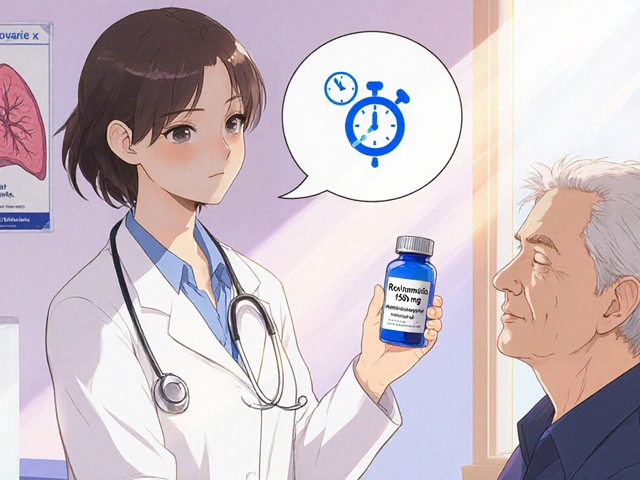Osteoarthritis of the Hip: How Weight Loss Can Preserve Your Joint and Reduce Pain
December 27 2025What Is MRSA and Why Should You Care?
MRSA stands for methicillin‑resistant Staphylococcus aureus. It’s a type of staph bacteria that has learned to dodge many common antibiotics. That makes infections harder to treat, but the good news is you can spot it early and take steps to keep it from spreading.
How Do You Know You Have an MRSA Infection?
Most MRSA cases show up as skin problems. Think red, painful bumps that look like ordinary pimples or boils but don’t get better with over‑the‑counter creams. They might turn into pus‑filled sores, and the surrounding skin can feel warm.
If you notice a wound that’s getting worse instead of healing, especially after surgery, cuts, or insect bites, it could be MRSA. Other signs include fever, chills, and feeling unusually tired. When these symptoms appear together, call your doctor right away.
Who Is at Higher Risk?
Anyone can catch MRSA, but certain groups see it more often: athletes who share equipment, people living in crowded settings like dorms or prisons, and those with weakened immune systems. Recent hospital stays, dialysis, or long‑term catheter use also raise the odds.
Even if you’re healthy, a broken skin barrier—like a shaving cut—or a small scrape can be an entry point. That’s why simple hygiene habits matter more than you think.
Simple Steps to Stop MRSA From Spreading
Wash your hands often. Use soap and water for at least 20 seconds, especially after touching any wound.
Keep cuts covered. A clean bandage stops germs from getting in or out. Change it daily or whenever it gets wet.
Avoid sharing personal items. Towels, razors, and workout gear can carry the bacteria. Use your own stuff and wash them regularly.
Clean surfaces. Gym equipment, countertops, and bathroom fixtures should be wiped down with disinfectant after each use.
Treatment Options You Should Know
If a doctor confirms MRSA, they’ll likely prescribe antibiotics that the bacteria haven’t resisted yet. Common choices include trimethoprim‑sulfamethoxazole, clindamycin, or doxycycline. Finish the full course—stopping early can let the infection bounce back.
For skin infections, doctors may drain abscesses in a clinic. This simple procedure relieves pressure and helps antibiotics work better.
In severe cases that spread to blood or lungs, IV antibiotics in a hospital become necessary. Early detection makes these situations far less likely.
When to Seek Professional Help
If you see any of the following, get medical attention fast: rapid swelling, intense pain, fever over 101°F (38.3°C), or red streaks moving away from a wound. These signs mean the infection could be getting deeper.
Don’t try to treat MRSA with home remedies alone. While keeping the area clean is crucial, only prescription meds can clear the resistant bacteria.
Bottom Line
MRSA is a stubborn bug, but it’s not unbeatable. Spotting symptoms early, practicing good hygiene, and following your doctor’s treatment plan are all you need to stay on top of it. Stay aware, keep clean, and don’t hesitate to get help when something feels off—your skin (and your whole body) will thank you.
 22 Apr
22 Apr
Linezolid in Clinical Practice: Benefits and Drawbacks You Need to Know
Linezolid is a powerful antibiotic that's often used for treating tough infections resistant to other meds. While it offers a lifeline for patients with MRSA or VRE, it doesn't come without risks—some side effects can be serious. This article unpacks exactly what linezolid can do, when it’s really needed, and what to watch out for if you’re taking it. Expect clear tips on how to stay safe and get the most out of your treatment. If you want real-world info on using linezolid, you’ll find it here.
Read More...




